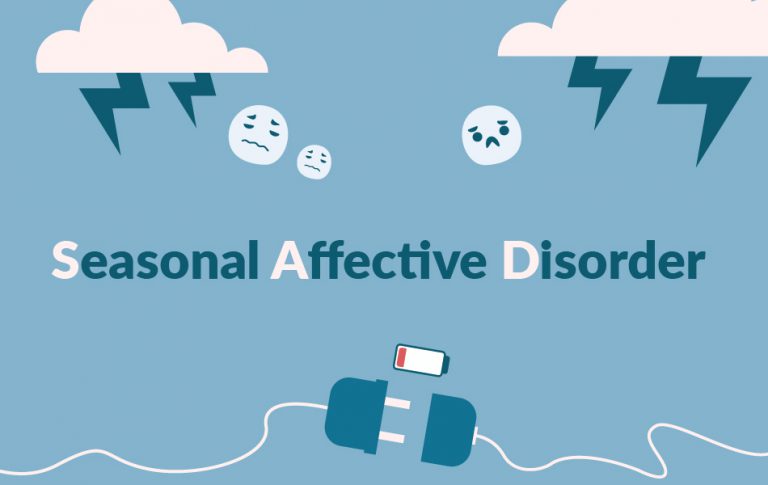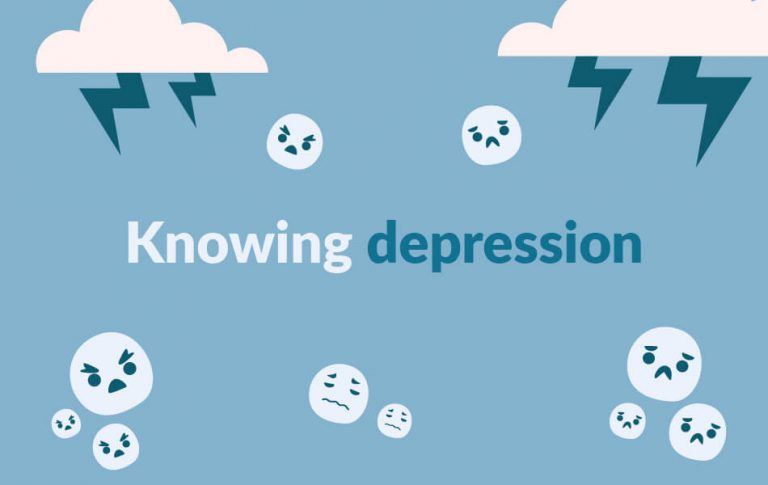Autism spectrum disorder or (ASD) is a developmental disability that causes social, behavioural and communication challenges.
Children with ASD may communicate, interact, learn and behave differently from most other people. The spectrum ranges from gifted to severely challenged which has a huge impact on the way these children learn, think and solve problems. Some need a lot of help in their day to day activities and others need less.
ASD conditions used to be diagnosed separately, yet autistic disorder, pervasive developmental disorder and Asperger syndrome are now being called autism spectrum disorder. These conditions have been grouped under one roof. According to the current research on autism, it affects 1 in 59 children worldwide today.
Today we know that there is no one type of autism, but many subtypes. Most are influenced by a combination of genetic and environmental factors. Several factors may influence the development of autism and are often if not most of the time, accompanied by sensory sensitivities and medical issues such as gastrointestinal disorders, seizures or sleep disorders. Children suffering from ASD not only face social and developmental challenges but also mental health challenges such as anxiety, depression and attention issues.
Indicators of autism usually appear by age 2 or 3, with some associated development delays appearing even earlier, sometimes being diagnosed as early as 18 months. Research suggests that early intervention leads to positive outcomes later on in life for people with autism. There are four distinct autism diagnoses which include, autistic disorder, childhood disintegrative disorder, pervasive developmental disorders (not otherwise specified and Asperger syndrome).
Causes
To this day there is no single known cause for Autism. The severity and symptoms may vary from patient to patient, however, research suggests that genetics and environment may play a role. Below we will discuss the genetic and environmental factors, separately.
Genetics: There are several genes involved in Autism spectrum disorder, for some children autism can be associated with a genetic disorder such as Rett syndrome or fragile X syndrome. Genes may affect the way brain cells communicate with one another, or they may determine the severity of the symptoms. As we know by now, some genes are inherited while others occur spontaneously.
Environmental factors: Researchers are currently looking at factors such as viral infections, complications during pregnancy or air pollutants to establish whether or not they may play a role in triggering Autism spectrum disorder.
As a parent, all you want is for your child to be healthy and happy. So if you’ve recently learnt your child has or might have autism, you’re most probably scared of what’s to come. As a parent, you may feel unsure of how to help your child or confused by conflicting treatment advice and that’s okay. While it’s true that Autism is not something your child will “grow out of” there are numerous treatments available to help your child acquire new skills to overcome a wide variety of developmental challenges. Below is a list of tips to help your child thrive.
Learning all you can about autism and getting involved in treatment will go a long way toward helping your child. Additionally, the following tips will make daily home life easier for both you and your child with ASD.
Be consistent: It is important to remember that autistic children find it very difficult to apply what they have learnt in one setting. For example, your child may learn sign language and use it to communicate at school but won’t think to do so at home. So by creating consistency in your child’s environment you also create an environment that reinforces what they have learnt. You can speak to your child’s therapists and continue building on their techniques at home. It is also very important to be consistent with any form of interaction and the way you deal with challenging behaviour.
Stick to a schedule: Children with ASD need and crave a highly structured schedule, so set up a schedule for your child with regular times for meals, therapy, school and bedtime. If there’s an unavoidable schedule change, its best to prepare your child in advance to try and keep disruptions to the routine to a minimum.
Reward good behaviour: Positive reinforcement goes a long way with children struggling with ASD. Make an effort to notice when they act appropriately or learn a new skill and praise them for it. Also look for other ways to reward them for good behaviour, such as giving them a sticker or letting them play with a favourite toy.
Look for nonverbal cues: Children with ASD uses non-verbal cues to communicate, so by paying attention to the kind of sounds they make or facial expressions and gestures they use, you gain a better understanding of what they want and need at that point in time.
Pay attention to your child’s sensory sensitivities: Most children with ASD are sensitive to things such as light, sound, touch, taste and smell. Remaining aware of the reaction to these senses may help you understand what your child finds stressful, calming, uncomfortable or enjoyable. When you understand what affects your child, you will be able to better manage their emotional responses, preventing situations that cause difficulty and stress for them.
Early Signs and Symptoms of ASD
Children and adults with ASD often struggle with communication, social and emotional skills. They might repeat certain behaviours and avoid changes in their daily activities. Many people with ASD also have different methods of learning, paying attention or reacting to certain things. Signs of ASD typically start from an early age and last throughout a person’s life. Below is a list of signs and symptoms.
- Typically, won’t point at objects to show interest
- Not looking at objects when other people point at them
- Not showing interest in other people or having difficulty relating to other people
- Avoids eye contact and prefers to be alone
- Not understanding other people’s feelings
- Prefers not to be held or cuddled
- Appears to not hear when people are talking to them but responds to other sounds
- Be very interested in people, but not know how to talk, play, or relate to them
- Having difficulty in expressing themselves or their emotions
- They will not play pretend games (for example: pretending to feed an imaginary farm animal)
- Repeat actions over and over again
- Has trouble when a routine change
- Have unusual reactions to the way things look, smell feel or sound
- Lose skills they once had
The Risk Factors
There is an undeniable rise in the cases of children diagnosed with Autism, at this point, it is still unclear whether this is due to better detection of autism or a real increase in the number of cases, or even both. ASD affects children of all ethnicities, nationalities but certain factors increase a child’s risk. These may include:
Your Child’s gender: Boys are 4 times more likely to develop ASD than girls
Family History: Families who already have a child with Autism stand a higher chance of having another child with autism. It’s not uncommon for parents who have an autistic child to be facing social, communication difficulties themselves.
Other Disorders: Children with certain medical conditions have a higher than normal risk of autism spectrum disorder or autism-like symptoms. Some examples include Fragile X syndrome, Rett syndrome and tuberous sclerosis.
Extremely preterm babies: Babies born before 26 weeks of gestation may have a greater risk of developing autism.
Parent’s ages: There may be a link between children born to older parents but more research is required to establish this link accurately.
Treatment options
Scientists and researchers both agree that early intervention in the child’s life leads to a better prognosis. All children with autism can benefit from early intervention and some may acquire enough skills to attend a normal school. Research tells us that early intervention in an appropriate educational setting for at least two years before the start of school can result in significant improvements for many young children with an autism spectrum disorder. As soon as autism is diagnosed, early intervention instruction should begin. Effective programs focus on developing communication, social, and cognitive skills.Physical therapy
Physical therapy is used to improve gross motor skills and handle sensory integration issues, particularly those involving the individual’s ability to feel and be aware of his body in space. Similar to OT, physical therapy is used to improve an individual’s ability to participate in everyday activities. Physical therapy works to teach and improve skills such as walking, sitting, coordination, and balance. Physical therapy is most effective when integrated into an early intervention program.Speech Therapy
Since people with ASDs have deficits in social communication, speech therapy is an important treatment option. Speech therapy helps to improve a person’s communication skills, allowing them to better express their needs or wants. For individuals with ASD, speech therapy is often most effective when speech-language pathologists work with teachers, support personnel, families, and the child’s peers to promote functional communication in natural settings. Some individuals with ASD are nonverbal and unable to develop verbal communication skills, and the use of gestures, sign language, and picture communication programs are often useful tools to improve their abilities to communicate.Occupational Therapy
Occupational therapy is often used as a treatment for the sensory integration issues associated with ASDs. It also helps teach life skills that involve fine-motor movements, such as dressing, using utensils, cutting with scissors, and writing. OT works to improve the individual’s quality of life and ability to participate fully in daily activities. Each occupational therapy program is based on individual evaluations and goals. Occupational therapy for young children with ASD often focuses on improving sensory integration and sensorimotor issues. In older children, OT often focuses on improving their social behaviour and independence.
At ZwavelStream clinic, you will be met by a team of warm, dedicated and experienced professionals. We strive to provide our patients with a mixed therapeutic model of psychiatric care so that you can discover a renewed sense of wellness that extends beyond mental health.
Zwavelstream Clinic is set in the Bronberg, with lush vegetation, manicured gardens, as well as spacious and tastefully furnished rooms. Our mental health clinic was inspired by the desire to provide a psychiatric unit in an environment that “de-institutionalizes and de-stigmatizes” mental health hospitals.
There’s no shame in seeking treatment to improve your mental health. It’s an act of great courage to take that first step and reach out. At ZwavelStream Clinic we provide a safe space for those looking for just this kind of support and guidance. So if you recognize yourself or someone you love may need help, please contact us.







